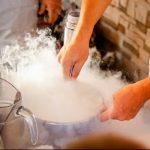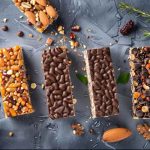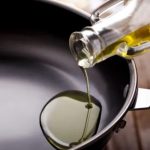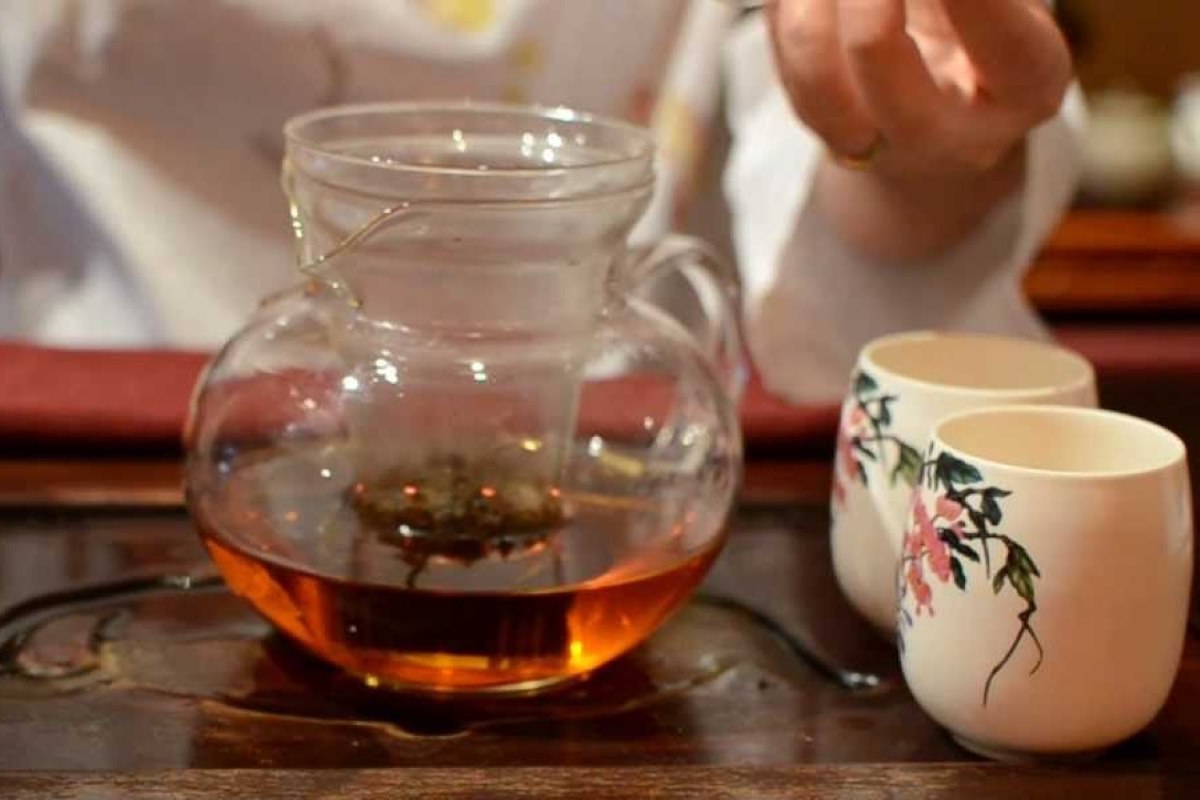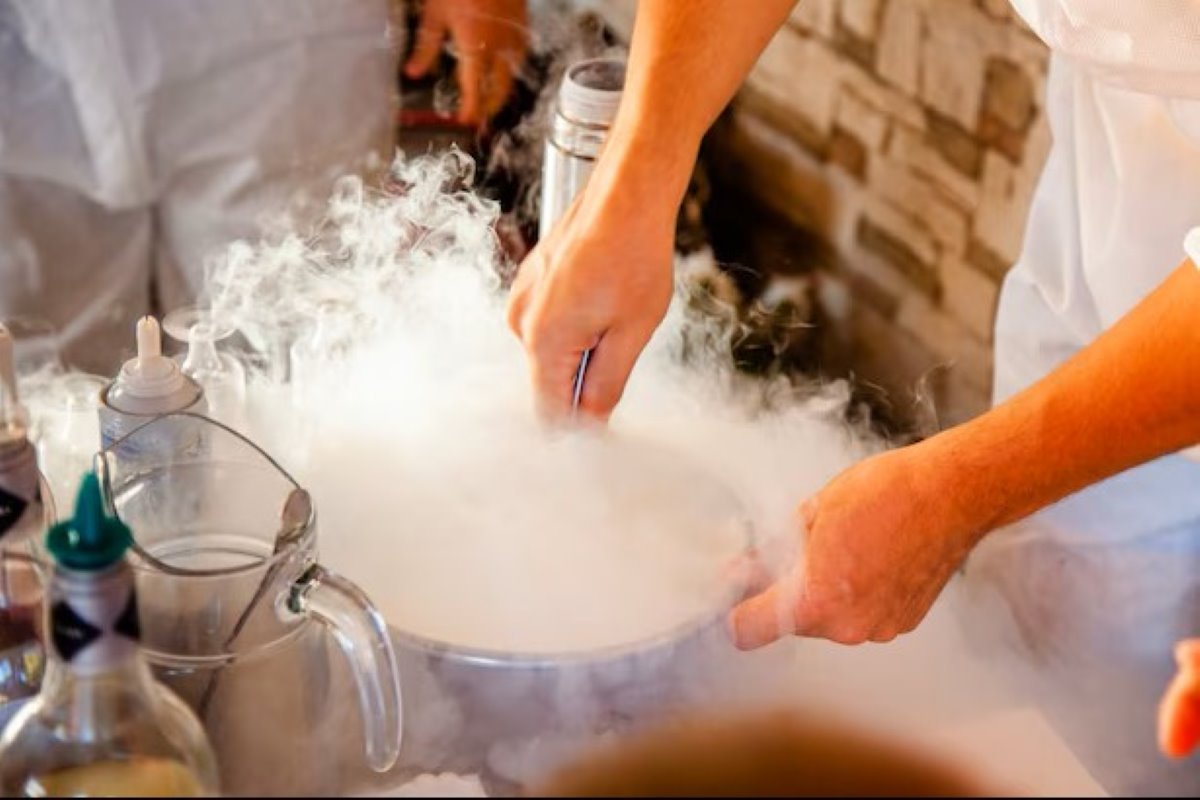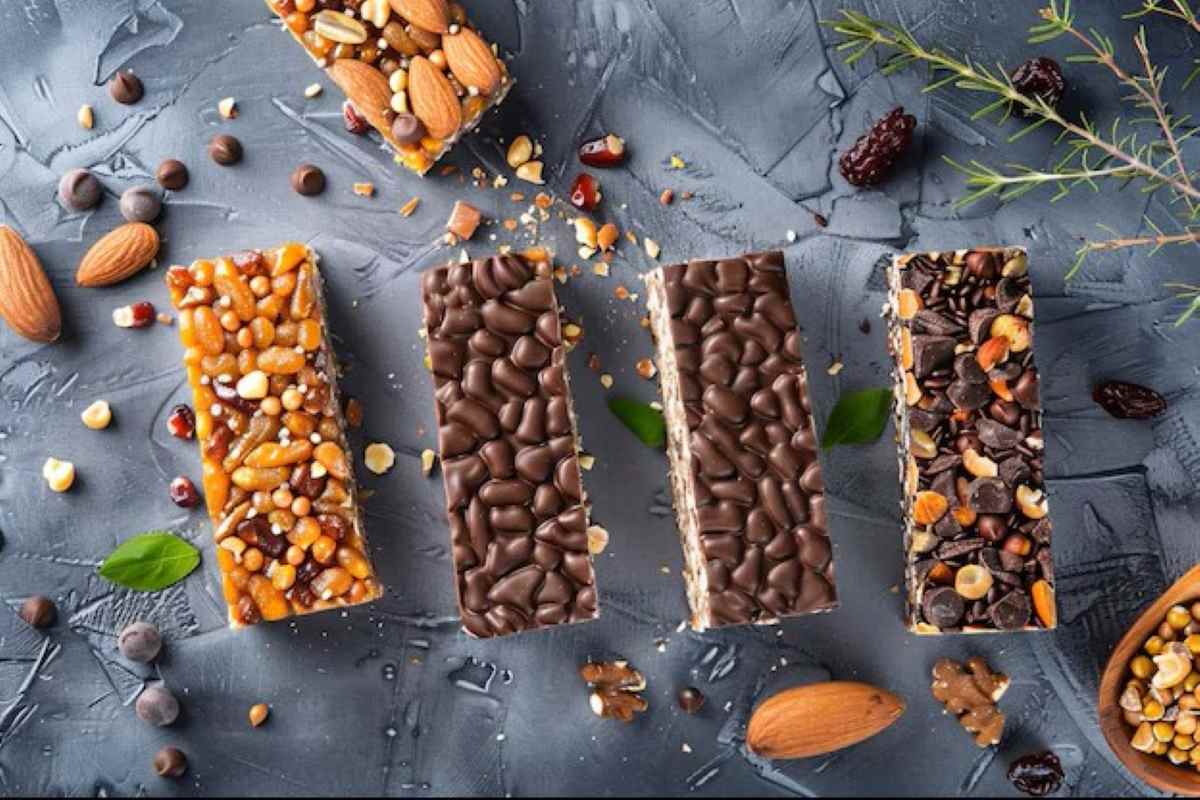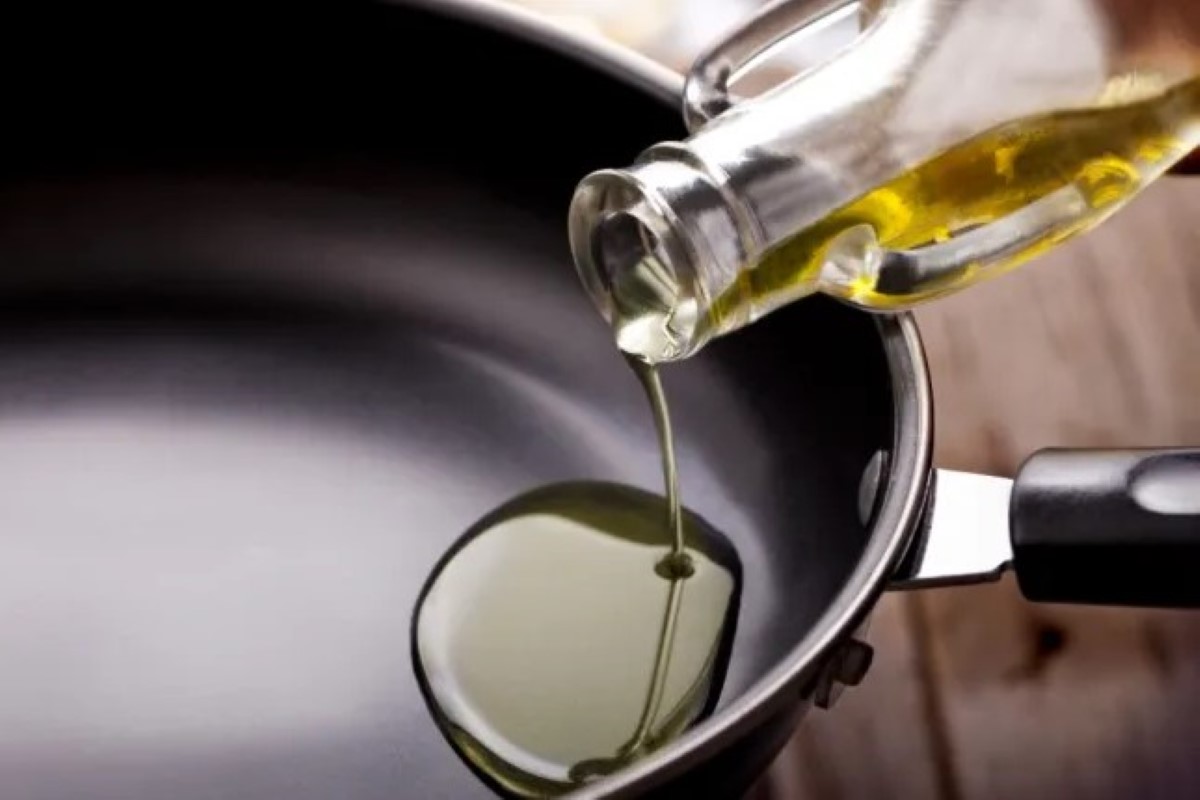Brewing tea chemistry is the secret ingredient that makes the tea from cafés taste better than your home brew. Professional tea connoisseurs understand the interplay between culinary art and the science that drives the enjoyment of the ancient beverage. This realization often reveals that tea perfection is not a mere product of guesswork or mimicking brewing processes. It is essential to understand the chemistry of hot beverages to appreciate the processes of flavor extraction in tea.
This piece will consider how factors like steeping temperature and time, concentration of flavor compounds in tea leaves, and flavor extraction methods affect the brew quality.
What’s in a Cup? The Compounds Behind Tea’s Taste
Like most other biological life forms, tea leaves are quite complex, containing several molecular compounds. However, some particular compounds distinguish tea leaves from the foliage of other plants. So, some or all of the following compounds are peculiar to all tea leaves.
- Catechins
- Thearubigins and Theaflavins
- Tannins
- Caffeine
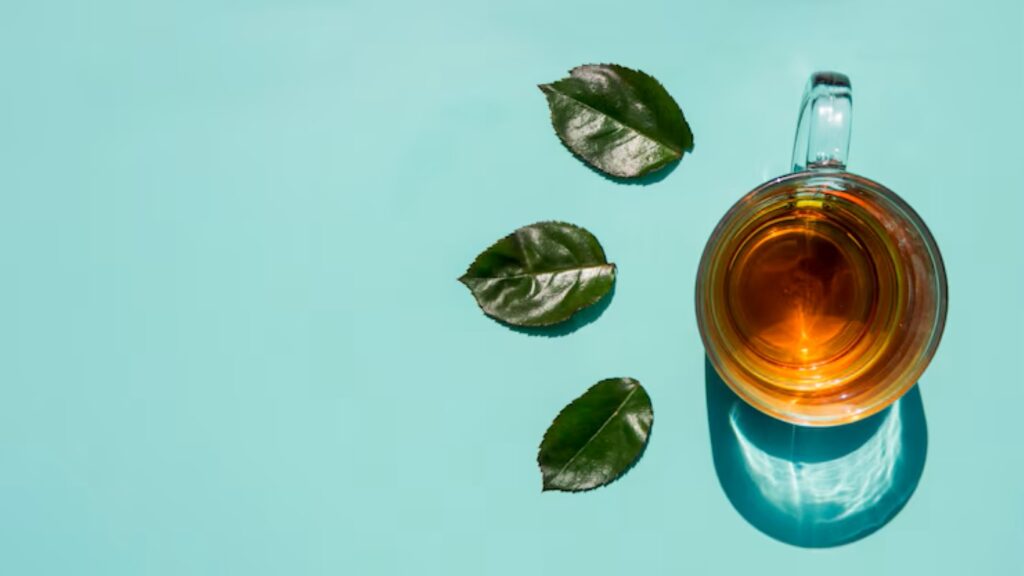
Catechins are responsible for the characteristic bitterness of some teas. It has also been fingered, alongside tannins, as responsible for the astringency of tea. Astringency is that somewhat dry mouthfeel you experience when consuming foods like strong tea or unripe bananas.
Thearubigins and theaflavins are responsible for the color your tea decoction gives in the cup. So, if your tea, like some common in Asia, is strong as ever but competing with water for clarity, these compounds may be in short supply in the leaves.
Tannins are primarily responsible for tea’s astringency, while caffeine contributes to the aroma, flavor and overall taste profile.
Caffeine is a fairly stable compound and seldom breaks down when exposed to hot water. The same is not true of catechins, which disintegrate upon exposure to overly high temperatures. Consequently, brewing tea chemistry tells us that there are optimum water temperature ranges for the extraction of compounds during tea preparation.
ALSO READ: The Science Behind Whipped Coffee (And Why It Works!)
Water Temperature Matters—A Lot
The perfect tea temperature for optimum flavor extraction varies across tea types. We provide the best tea temperature to serve as a guide for tea lovers.
| S/N | Tea Type | Water Temperature | |
| Fahrenheit Scale | Celcius Scale | ||
| 1 | Green | 158–176°F | 70–80°C |
| 2 | Black | 194–204.8°F | 90–96°C |
| 3 | Oolong | 185–194°F | 85–90°C |
| 4 | Herbal | 203–212°F | 95–100°C |
Tea extraction science hints that too hot or too cold water could affect the brew quality. For example, water temperatures above the recommended threshold could scorch the tea leaves and cause astringency and bitter flavors. Conversely, water temperatures below the lower threshold may lead to bland and weak tea brews.
Brewing tea chemistry helps us realize that, beyond the temperature of the water, the steeping time of the leaves in water is also pivotal for tea quality.
Steeping Time and Its Chemical Impact
Studies about tea brewing science have found that the steeping time of leaves in hot water has as much influence on brew quality as the water temperature. The steeping time of tea affects the caffeine content, antioxidant activity and sensory allure of the brew.
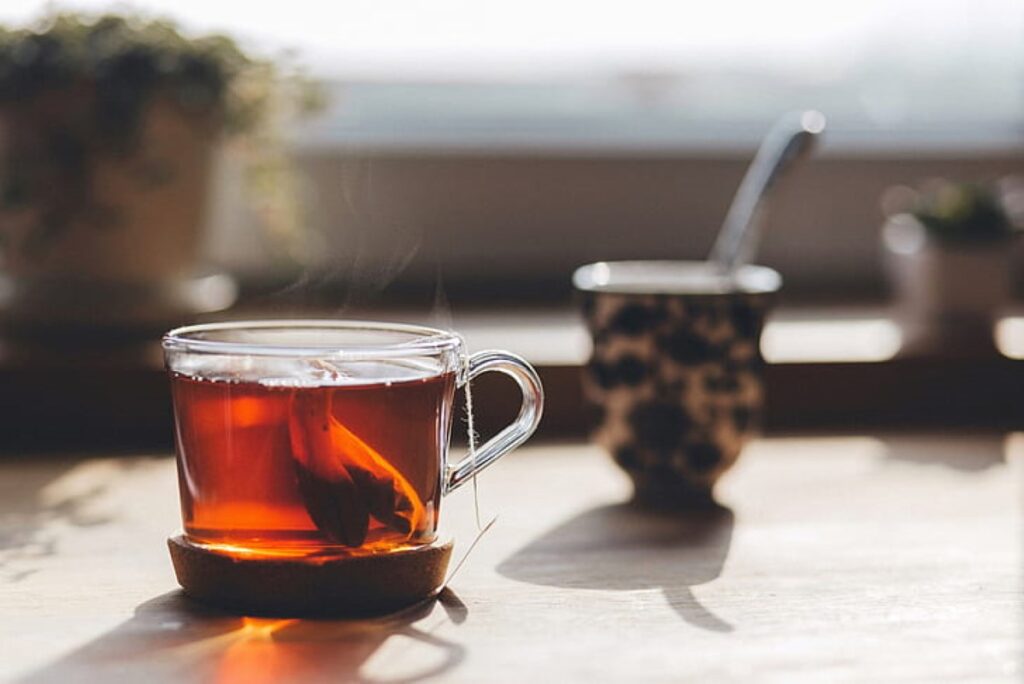
There is no consensus over whether steeping for longer will increase the antioxidant activity of tea brews. However, most tea brewing science studies affirm that longer steeping time increases the catechins and caffeine content. Similarly, tea tannins and caffeine flavor may increase, causing the tea to become significantly bitter.
Like the best tea temperature charts, some scales recommend loose-leaf steeping tips. For example, KitchenAid suggests 5-8 minutes for flavor extraction in black tea and 3-5 minutes in green tea.
The Role of pH and Water Quality
Anyone with some fair culinary skills or proficiency in the chemistry of tea will know that the preparation requires potable water. So, hardness and pH are important water attributes to consider before proceeding with tea brewing.
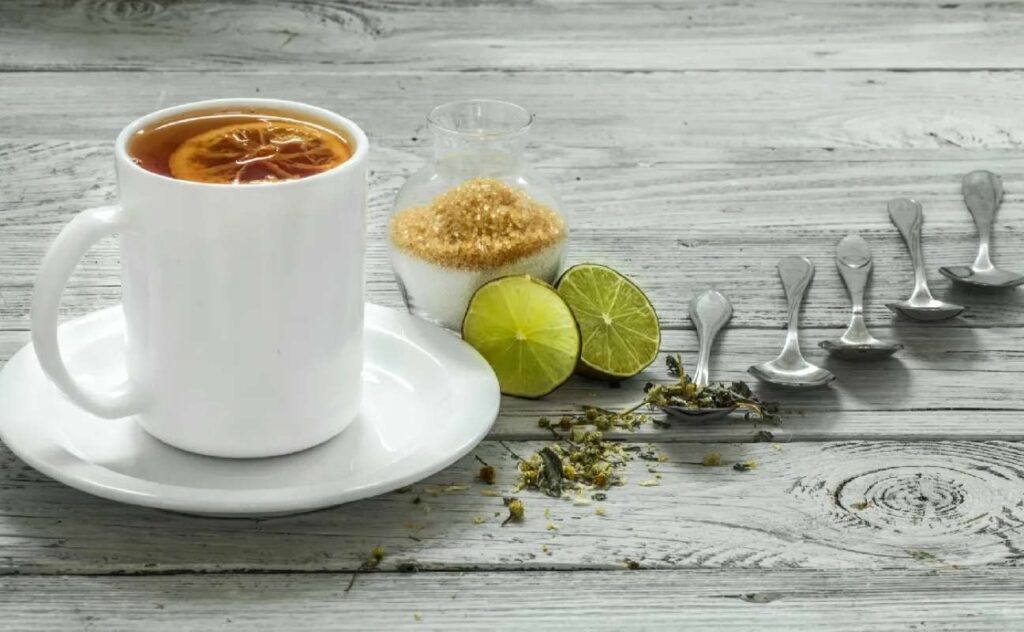
Using soft water is one of several loose-leaf steeping tips that an average expert of brewing tea chemistry would suggest. Water hardness will result in reactions between tea compounds, like catechins and caffeine, and minerals like calcium and magnesium. These reactions are significant because they lead to ‘tea scum’ formation and a notable alteration of the beverage’s flavor.
Adding complements like milk, lemon juice, or alkaline water to tea can cause changes in pH and brewing tea chemistry. Lemon juice is acidic and can alter the bioavailability of minerals in the brew, ditto the color. Adding milk to tea could improve the taste, however, a study suggests it may make the antioxidant content nutritionally unavailable.
ALSO READ: Why Leftovers Taste Better, Sometimes, and the Science of Flavor Maturation
Tools for the Perfect Brew and Personalizing the Process
You can adopt all the tips of brewing tea chemistry for your next tea. However, it may be difficult without the right brewing tools. For the best way to brew tea scientifically, keep a timer, thermometer and digital kettle handy in the kitchen. These will help you accurately monitor the water temperature and steeping time, for the perfect brew.

